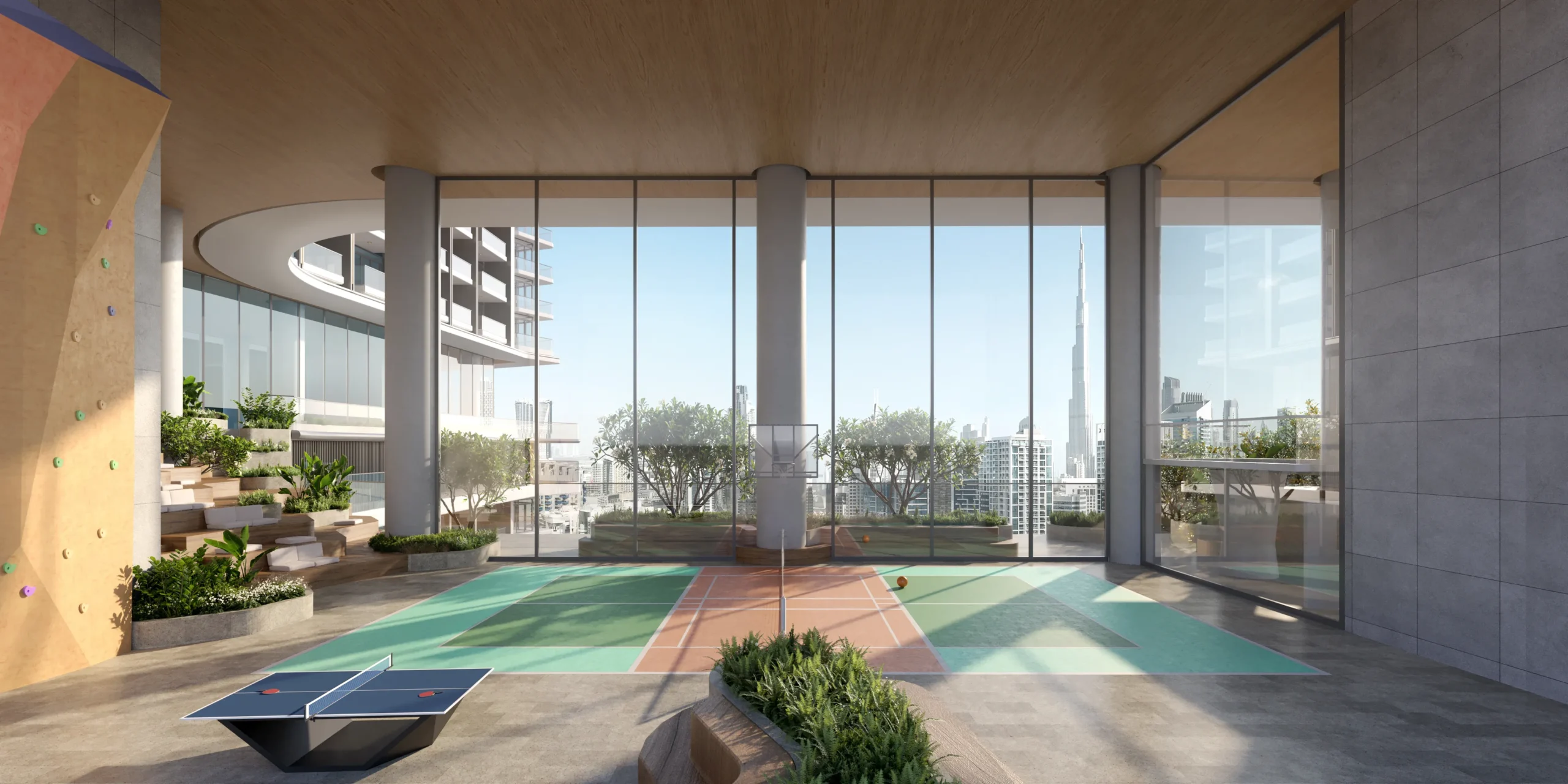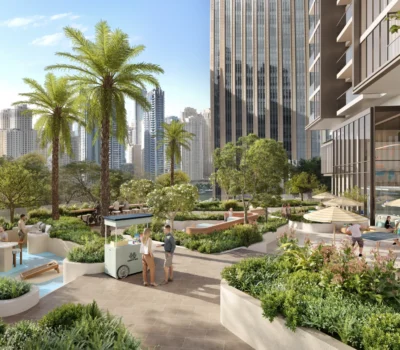Today’s urban life demands greater flexibility, compactness, and functionality. This shift not only reflects changing user habits but also signifies a fundamental transformation in architectural thinking. At the heart of this evolution lies a key concept: modular living.
What Is Modular Design?
Modular design refers to creating architectural or interior spaces using components that are separable, portable, and transformable. This approach offers significant advantages—particularly in compact apartments—by enhancing quality of life, maximizing functionality, and making optimal use of every square meter.
Technology-Integrated Living
As seen in projects like Rove Home Marasi Drive, integrating modular living systems with smart technologies—such as Google & Alexa-compatible systems, foldable walls, and reconfigurable spaces—elevates architectural design to a whole new level.
A New User-Centric Architectural Language
Modular living is not just an aesthetic preference; it is an economic, sustainable, and accessible solution model. Giving users control over their space has a direct impact on their daily lives. The ability to transform a room into an office, a wall into storage, or a bedroom into a living area is no longer a luxury—it’s a necessity.
In Conclusion:
Modular and transformable living environments are not merely a passing trend—they are becoming the new standard in architecture. At EAAC Architecture, we are proud to be at the forefront of this transformation.


